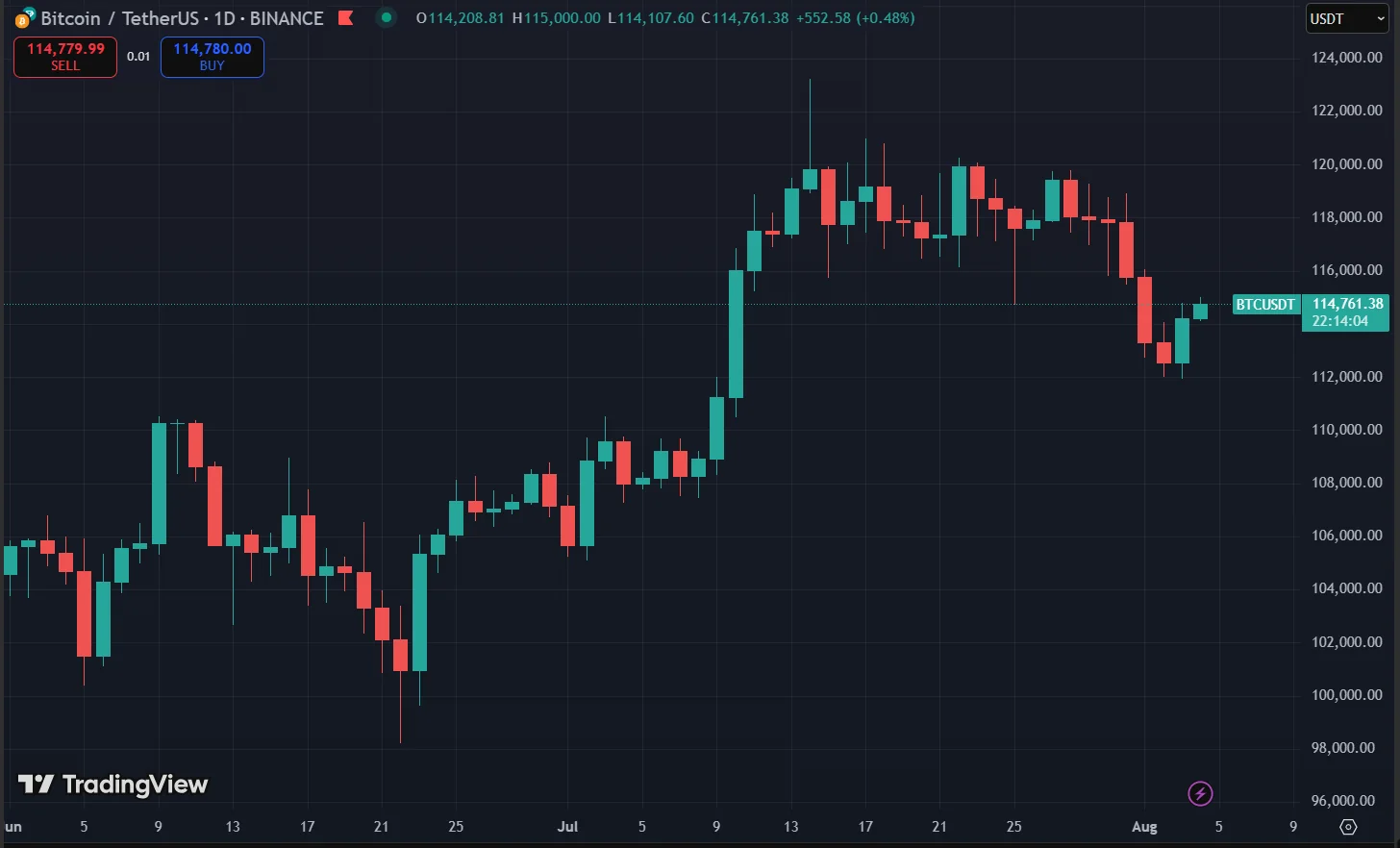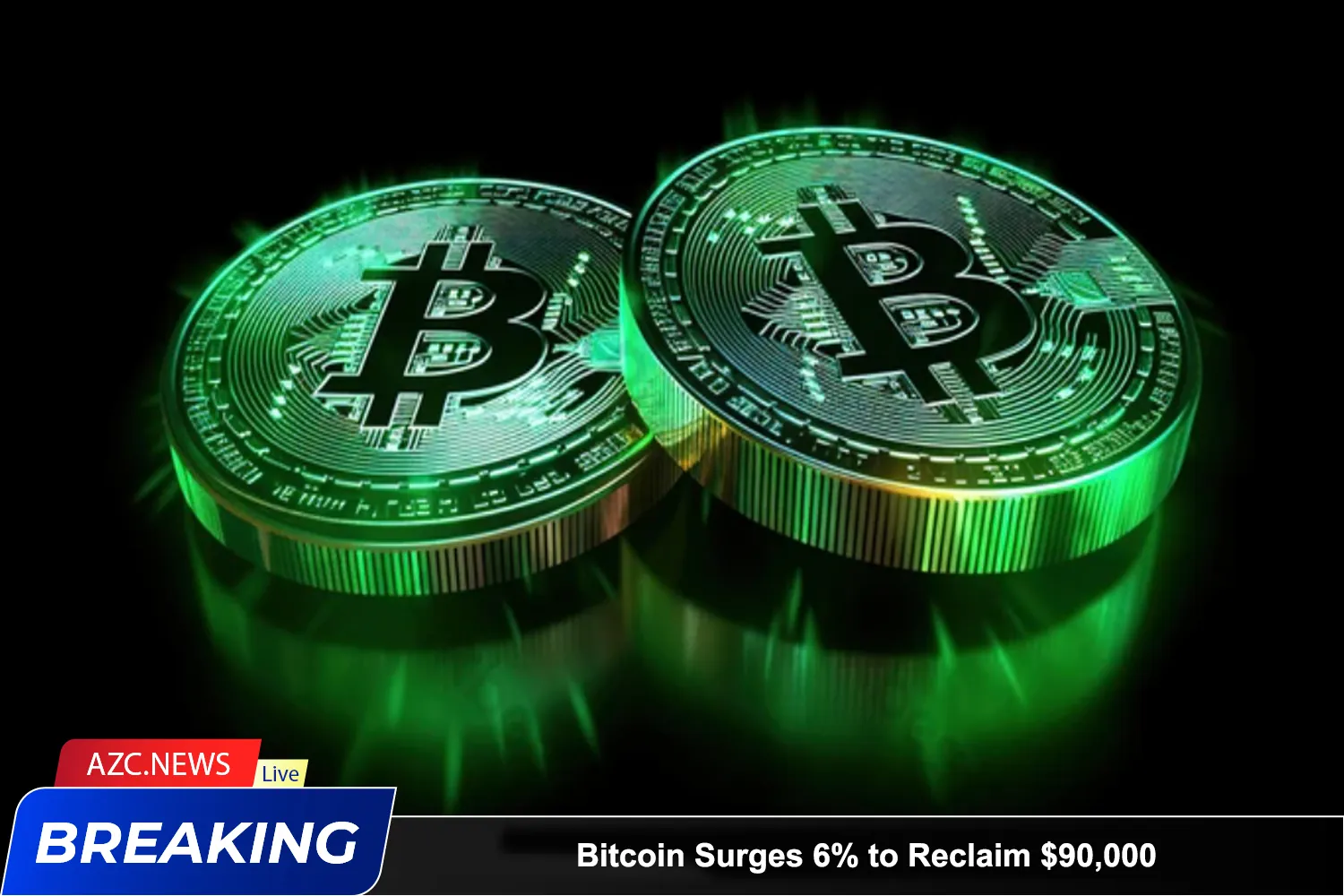The market’s downturn began following the July FOMC meeting. Investors had been hoping for clear signals of a rate cut in September, but Federal Reserve Chair Jerome Powell cooled expectations, saying it’s too early to act due to uncertainties around inflation stemming from new tariffs. He stressed that the labor market remains balanced and no longer poses a major concern.
However, not everyone at the Fed agrees. Fed Governor Christopher Waller pointed out a notable slowdown in private sector job growth, warning that recent data revisions paint a weaker picture than previously thought.
A Blow from the NFP Report

The market took another hit on August 1 when the nonfarm payrolls (NFP) report showed just 73,000 new jobs in July, far below Wall Street’s 110,000 estimate. Even more alarming were the downward revisions to May and June data, which erased a combined 258,000 jobs — the weakest two-month performance in five years.
While the official unemployment rate held at 4.2%, the broader U-6 rate rose to 7.9%, the highest since the COVID-19 pandemic. Long-term unemployment also worsened. These figures rattled equity and crypto markets alike, sending Bitcoin tumbling to around $112,000.
ETF Outflows Mount, Ethereum Under Pressure
On top of macro headwinds, crypto faced additional stress from shrinking ETF inflows. August 1 saw the biggest daily outflow from spot-listed ETFs since February. Meanwhile, companies that had previously driven Ethereum’s price — like Sharplink Gaming and Bitmine — saw their stocks plunge by 30.8% and 23.16%, respectively.
Despite Standard Chartered forecasting that institutions could hold up to 10% of Ethereum’s total supply — now worth over $10 billion — market confidence has clearly taken a hit. BitMEX founder Arthur Hayes added to bearish sentiment, predicting Bitcoin could fall to $100,000 and Ethereum to $3,000, citing new U.S. tariffs and slowing global credit growth.
On-chain data also revealed a troubling trend: Ethereum’s holder accumulation ratio has dropped to 27.57%, its lowest level in two months, indicating that investors are no longer aggressively buying ETH.
Can the Market Recover?
With macroeconomic risks mounting and investor sentiment turning cautious, the short-term recovery prospects for Bitcoin and Ethereum remain uncertain. Analysts are urging traders to stay vigilant and closely monitor upcoming U.S. economic indicators, which could play a crucial role in determining the next direction of the crypto market.






